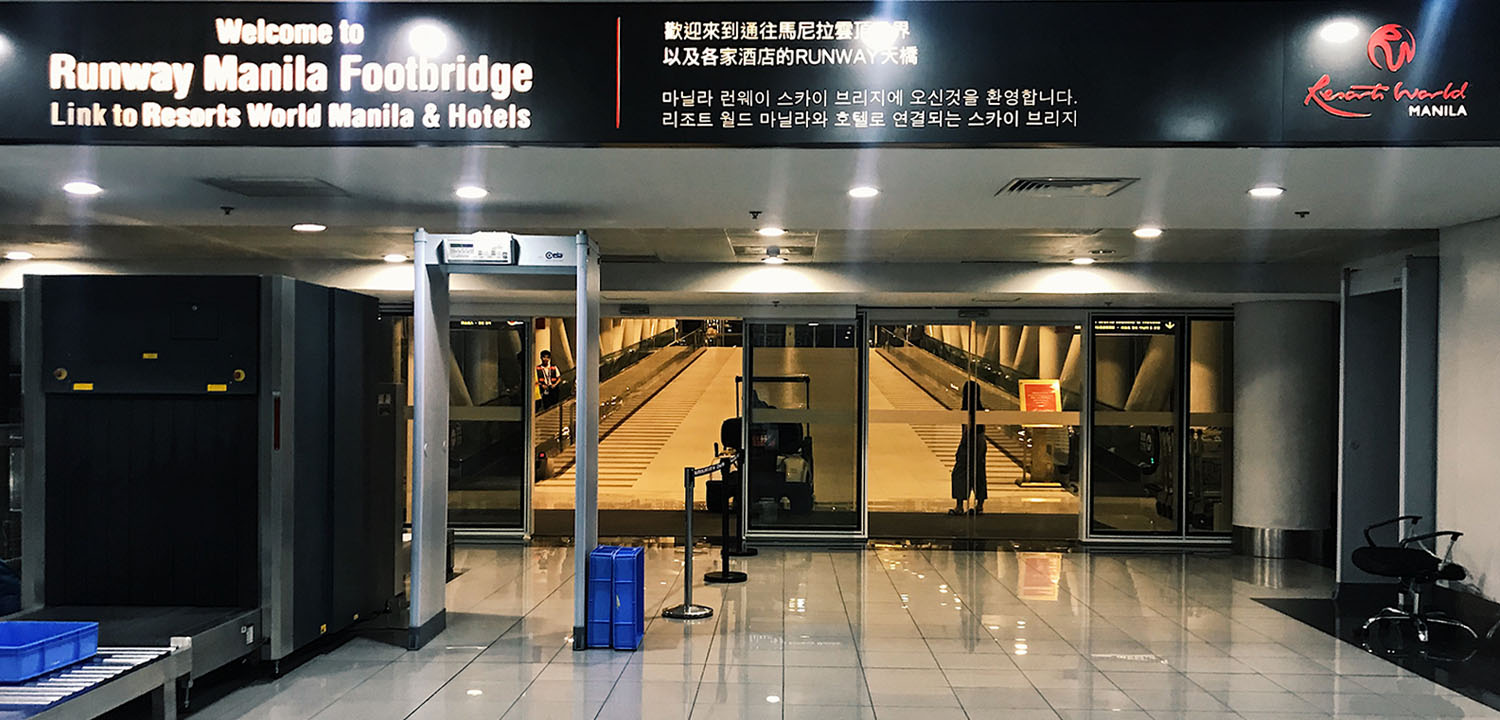Republic vs. Andaya
G.R. No. 160656. June 15, 2007
DOCTRINE:
While the plaintiff in an action for expropriation may enforce against the owner’s property the legal easement of right-of-way in its favor without paying for it, it is liable to pay the owner consequential damages if in enforcing the legal easement on the owner’s property, the remaining area would be rendered unusable and uninhabitable.
FACTS:
Andaya is the registered owner of two parcels of land in Butuan. These properties are subject to a 60-meter wide perpetual easement for public highways, irrigation ditches, aqueducts, and other similar works of the government or public enterprise, at no cost to the government, except only the value of the improvements existing thereon that may be affected.
The Republic instituted an action before the Regional Trial Court of Butuan City to enforce the easement of right-of-way or eminent domain. The property will be subject to easement of 60-meter easement to 10 meters, or an equivalent of 701 square meters.
In 1998, the Board reported that the project would affect a total of 10,380 square meters of Andaya’s properties, 4,443 square meters of which will be for the 60-meter easement. The Board also reported that the easement would diminish the value of the remaining 5,937 square meters. As a result, it recommended the payment of consequential damages amounting to P2,820,430 for the remaining area.
Andaya contended that the consequential damages should be based on the remaining area of 9,679 square meters. Thus, the just compensation should be P11,373,405.
The trial court ruled that Republic must pay P 2,820,430.00 as fair and reasonable severance damages;
Both parties appealed to the Court of Appeals. Andaya demanded just compensation for his entire property minus the easement. Andaya alleged that the easement would prevent ingress and egress to his property and turn it into a catch basin for the floodwaters coming from the Agusan River. As a result, his entire property would be rendered unusable and uninhabitable.
The Court of Appeals modified the trial court’s decision by imposing a 6% interest on the consequential damages from the date of the writ of possession or the actual taking, and by deleting the attorney’s fees.
ISSUE/S:
Is the Republic liable for just compensation if in enforcing the legal easement of right-of-way on a property, the remaining area would be rendered unusable and uninhabitable?
HELD:
YES. The Republic is liable to pay consequential damages if in enforcing the legal easement on Andaya’s property, the remaining area would be rendered unusable and uninhabitable. Andaya is entitled to payment of just compensation, which must be neither more nor less than the monetary equivalent of the land.
Taking,” in the exercise of the power of eminent domain, occurs not only when the government actually deprives or dispossesses the owner of his property or of its ordinary use, but also when there is a practical destruction or material impairment of the value of his property. Using this standard, there was undoubtedly a taking of the remaining area of Andaya’s property. While it is true that the owner retained title and possession of the remaining property, he would be entitled to just compensation if the enforcement of the legal easement on a portion of his property would deprive him of the normal use of the remaining areas. In the instant case, the enforcement of the legal easement on a portion of the owner’s property prevented ingress and egress to his remaining property and turn it into a catch basin for the floodwaters coming from the Agusan River.
NO person shall be deprived of his private property without due process of law; and in expropriation cases, an essential element of due process is that there must be just compensation whenever private property is taken for public use. Noteworthy, Section 9, Article III of our Constitution mandates that private property shall not be taken for public use without just compensation.14
It is settled that Republic is legally entitled to a 60-meter wide easement or an equivalent of 4,443 square meters. Clearly, although the Republic will use only 701 square meters, it should not be liable for the 3,742 square meters, which constitute the difference between this area of 701 square meters and the 4,443 square meters to which it is fully entitled to use as easement, free of charge except for damages to affected existing improvements, if any, under Section 112 of the Public Land Act.
In effect, without such damages alleged and proved, the Republic is liable for just compensation of only the remaining areas consisting of 5,937 square meters, with interest thereon at the legal rate of 6% per annum from the date of the writ of possession or the actual taking until full payment is made.





